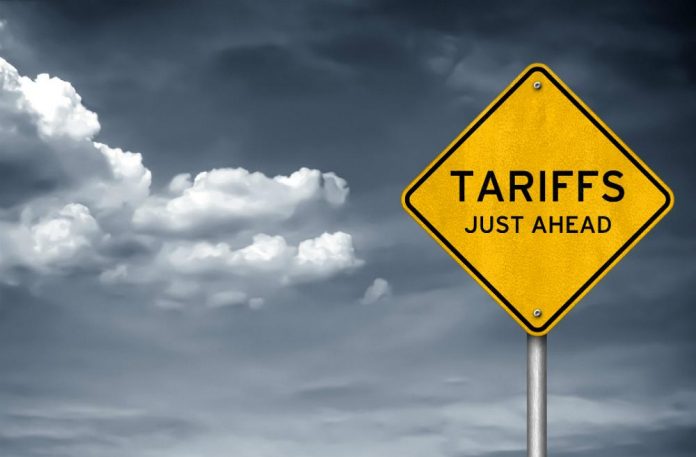LONDON: Aluminium slid to a three-month low on Thursday, hurt by a rise in stocks, the prospect of looming US import tariffs, and expectations that supply from China will rise as its winter pollution controls expire.
As well as their direct effect on aluminium, which may see a supply surplus if exporters to the United States are obliged to sell their metal elsewhere, the threats of tariffs hurt metals more broadly by sparking fears of a trade war.
“If you look at the impact, the trade tariffs will be in the end deflationary globally,” said Julius Baer’s Head of Macro and Commodities Research, Norbert Ruecker.
“We see the end of the capacity cuts to China, with the end of the winter heating season …. (and) you also see increasing inventories across this segment,” he added. “Production has been holding up better than expected, supply, looking at inventories, has been increasing, and these earlier fears that we could have some tightness have just not materialised.”
London Metal Exchange aluminium fell to its weakest since Dec 19 in early European trade at $2,086 a tonne, and by 1030 GMT was at $2,088.50 a tonne, little changed from Wednesday.
China’s winter heating season ended on Thursday. Aluminium smelters in 28 northern Chinese cities had been told to reduce output by at least 30 per cent from Nov 15 to March 15, although the actual volume cut was below expectations, putting pressure on prices.
Aluminium inventories in LME warehouses rose 16,275 tonnes, data showed on Thursday. Headline stocks have risen 24 percent since early February. ShFE aluminium <AL-STX-SGH> stockpiles held at exchange warehouses are within a whisker of record highs near 850,000 tonnes.
China’s aluminium production eased 1.8 per cent in January-February from a year earlier, as the country’s pollution crackdown and supply-side reform kicked in. An estimated 4.4 million tonnes of new capacity is expected to be completed this year.




